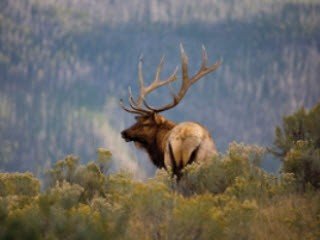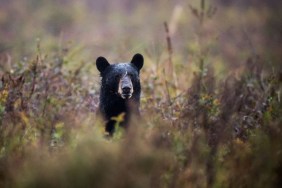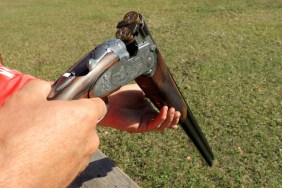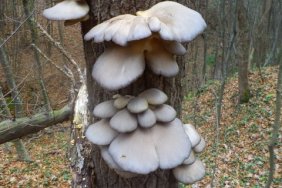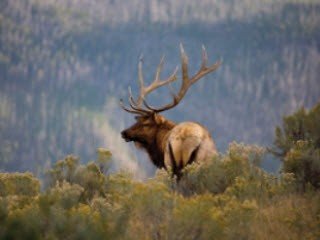 It’s like a preseason mania with some hunters researching statistics, scouting and going over public and private land maps. For others it’s more like a jolt of realization that a deadline is coming. It’s time to apply for tags, make plans and scheme about the upcoming hunting season. Time for reaching out to touch base with partners, landowners, Fish and Wildlife biologists, and to make your educated bets on hunt units and drawing odds. It might feel like the lottery, but really it’s a lot more complicated than that. Most states have preference point systems, which you won’t find with the lottery. Preference points ensure that the harder to draw hunt units go mostly to deserving hunters who patiently (or not) wait for the chance to hunt these prized locations.
It’s like a preseason mania with some hunters researching statistics, scouting and going over public and private land maps. For others it’s more like a jolt of realization that a deadline is coming. It’s time to apply for tags, make plans and scheme about the upcoming hunting season. Time for reaching out to touch base with partners, landowners, Fish and Wildlife biologists, and to make your educated bets on hunt units and drawing odds. It might feel like the lottery, but really it’s a lot more complicated than that. Most states have preference point systems, which you won’t find with the lottery. Preference points ensure that the harder to draw hunt units go mostly to deserving hunters who patiently (or not) wait for the chance to hunt these prized locations.
In most states, some of the state’s over the counter tags are still available for the most of the plentiful game. Rarer game such as bighorn sheep are very difficult to draw. In Oregon big horn sheep and mountain goats are a once in a lifetime hunt. Other game such as antelope varies from very difficult to draw in Oregon to over the counter tags in Wyoming and other western states.
As with the results of hunting itself, the draw has an element of luck and an element of dedication. Serious hunters stack up their odds through careful study of the regulations and special opportunities such as damage control hunts and additional tag opportunities. The very privileged and relentless often look to multiple states to hunt out the very best opportunities. If you overlook the expense of out of state tags, which is hard to do, it still takes a massive commitment of time, fuel and research to play multiple state hunting. Nonetheless, the opportunities are definitely there for those with the resources, connections or time for the extensive planning.
The modern obsession with statistics has a strong presence in wildlife management. Although I bristle at the idea, it is useful to pour over the numbers. Population trends, draw percentages, hunter days in the field, success rates and even trophy unit data can be hunted up. Almost everything you can imagine is available free or for a nominal fee from the DFW in every state.
I fall somewhere in between the well researched multi state hunters and the OH SNAP IT’S TODAY crowd. There is a trip to Montana somewhere in my future and a nagging suspicion that maybe I should stick to the Elk I know rather than run off gallivanting. Now it’s time to wait and see what the DFW stork delivers. Good luck with your draws!
